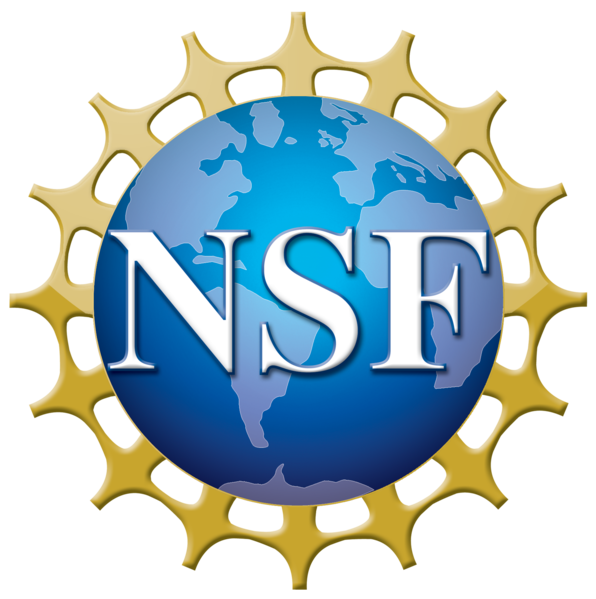arXiv 2302.11060v1
Defect-induced states, defect-induced phase transition and excitonic states in bent transition metal dichalcogenide (TMD) nanoribbons: density functional vs. many body theory
Santosh Neupane, Hong Tang, Adrienn Ruzsinszky
Two-dimensional (2D) transition metal dichalcogenide (TMD) materials have versatile electronic and optical properties. TMD nanoribbons show interesting properties due to reduced dimensionality, quantum confinement, and edge states. Tang et al. showed that the edge bands evolved with bending can tune the optical properties for various widths of TMD nanoribbons. Defects are commonly present in 2D TMD materials, and can dramatically change the material properties. In this following work, we investigate the interaction between the edge and the defect states in WS2 nanoribbons with line defects under different bending conditions, using density functional theory (DFT). We reveal interesting semiconducting-to-metallic phase transitions, suggesting potential applications in nano-electronics or molecular electronics. We also calculate the optical absorption of the nanoribbons with different defect positions with the many-body GW-BSE (Bethe-Salpeter equation) approach, revealing a tunable optical spectrum and diverse exciton states in the defected TMD nanoribbons.

